Earlier this month, Mackenzie (Communications Officer) and Maija (Staff Representative / Mobilization Coordinator) attended the Canadian Association of Labour Media (CALM) Conference in St. John’s, Newfoundland!
The conference included lots of discussion, networking, and workshops intended to strengthen our skills as communicators for CUPE 3903. Click here for a full a recap of some of the workshops we attended, followed by some general notes about the conference itself!
Some overall thoughts!
Overall, going to the 2025 CALM Conference felt like a worthwhile experience. The conference was significantly more focused on skills-building than political work. Fittingly then, many of the workshops had practical, useful advice that could be helpful in our day-to-day labour communications efforts. The workshop presentations are available to review after the conference, which is a useful resource to refer to.
In terms of attendees, the conference tended to have mostly paid staff of unions rather than elected executives from the membership, with a disproportionate amount of attendees from Ontario. OPSEU and UNIFOR were well represented among the attendees, with CUPE being fairly scarce, so it was interesting making connections with many other unions beyond CUPE, since that opportunity can be rare.
Many of these encounters with attendees from very different union contexts were highlights for Mackenzie! It was enlightening to hear about the struggles of combatting homophobia through communications in a conservative context from a union comrade from Saskatchewan, learning about internationally fraught ostrich drama from an Agriculture Union comrade, and lots more diverse stories from across the country. Overall, the networking felt really important when it comes to building solidarity, sharing resources, and fostering broader ties to other parts of Canada’s labour movement.
There were some notable takeaways for future iterations of the conference as well. Accessibility-wise, we had some concerns with some of the more alcohol-centric portions of the conference, as well as its timing being during Eid Al-Adha, both of which could hopefully be ameliorated in the future. We hadn’t submitted to the 2025 CALM Awards, but next year, it would definitely be great to submit something on behalf of our union! It’s also worth considering attending the Advanced Communicators Day. While this year’s topic for that day wasn’t particularly practically relevant for us, it changes each year, and it can be a good way to forge deeper relationships with other attendees as well.
That’s everything there is to say about the 2025 CALM conference for now! If you want to know more, please feel free to email Mackenzie Edwards, Communications Officer, at communications@cupe3903.org
